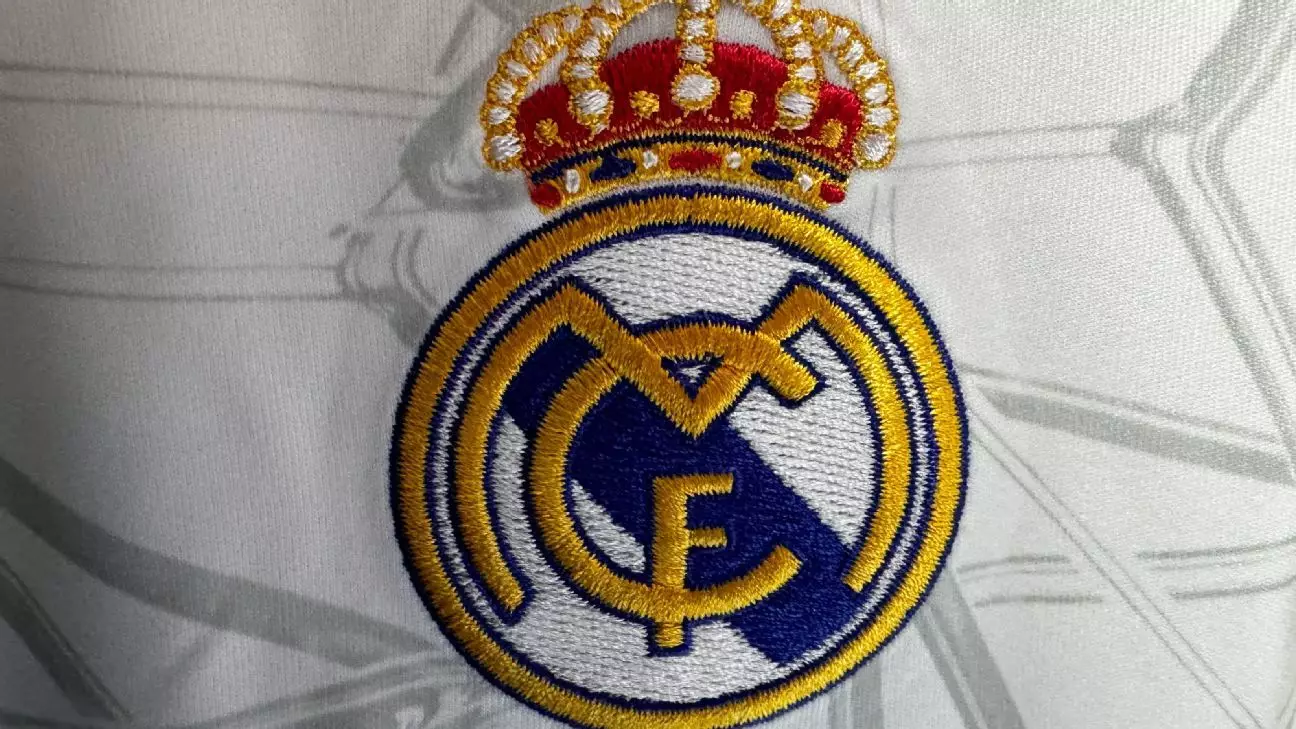In the wake of a frustrating Champions League match against Liverpool, Real Madrid’s team bus found itself in an unexpected situation on Thursday. Returning from a 2-0 defeat, the bus was involved in a minor collision, raising concerns among fans and media outlets alike. Fortunately, reports indicate that no one sustained serious injuries in the incident, a relief in an otherwise tense moment for the iconic club. The bus collision served as a reminder that athlete safety and team logistics are paramount, even beyond the pitch.
The match itself was disappointing for Real Madrid, marking their third loss in a mere five Champions League games this season. Goals from Liverpool’s Alexis Mac Allister and Cody Gakpo sealed the defeat, compounded by Kylian Mbappé’s missed penalty attempt. These outcomes not only affect the players’ morale but also cast a shadow on the club’s ambitions in Europe. Struggling early in the tournament, the team will face mounting pressure to recover in subsequent matches—a situation that could lead to significant scrutiny of the coaching staff and players.
While the bus accident was a cause for concern, details reveal it was a minor affair, primarily involving multiple vehicles with only superficial damage reported. The most substantial casualty being the bus’s headlights, a preferable outcome compared to what could have transpired. Interestingly, reports clarify that the players and coaching staff were not present on the bus during the incident; they had already returned to Spain via plane shortly after the game. This detail alleviated potential fears regarding the safety of the players during the unexpected event.
The way Real Madrid organizes travel for away games tells a larger story about the meticulous planning involved in professional sports. The club routinely sends a well-branded bus for its travels to enhance visibility and brand identity, as well as to manage logistical arrangements seamlessly. Upon arrival at the destination, the bus serves as a vital transport link, ensuring players and staff navigate from the airport to their hotel, between training sessions, and ultimately to the stadium.
The operational protocol involves drivers who remain in the host city overnight, which allows for a smooth return journey the following day. These logistics reflect not only the physical needs of the team but also a commitment to maintaining a high public profile and showcasing its brand across Europe.
In today’s digital landscape, incidents involving clubs of Real Madrid’s stature are often rapidly disseminated through social media channels. Clips of the damaged bus quickly circulated among fans, sparking conversations about the team’s current form and future prospects. This underscores the significance of online fan engagement, where visual content can impact public perception instantly. Clubs must navigate these waters carefully, recognizing how every incident reflects on their brand and public image.
While the bus incident was a minor mishap in the grand scheme of things, it encapsulates the myriad challenges professional sports teams face. From performance on the pitch to logistical nightmares off it, Real Madrid’s recent experience serves as a testament to resilience in the face of adversity. The focus will remain on reclaiming form as the season progresses, allowing fans to look forward to brighter days ahead.

